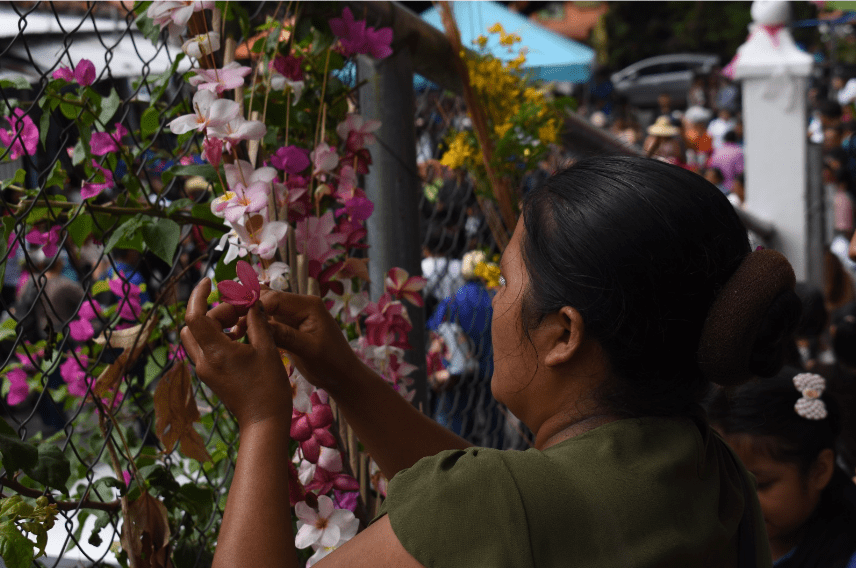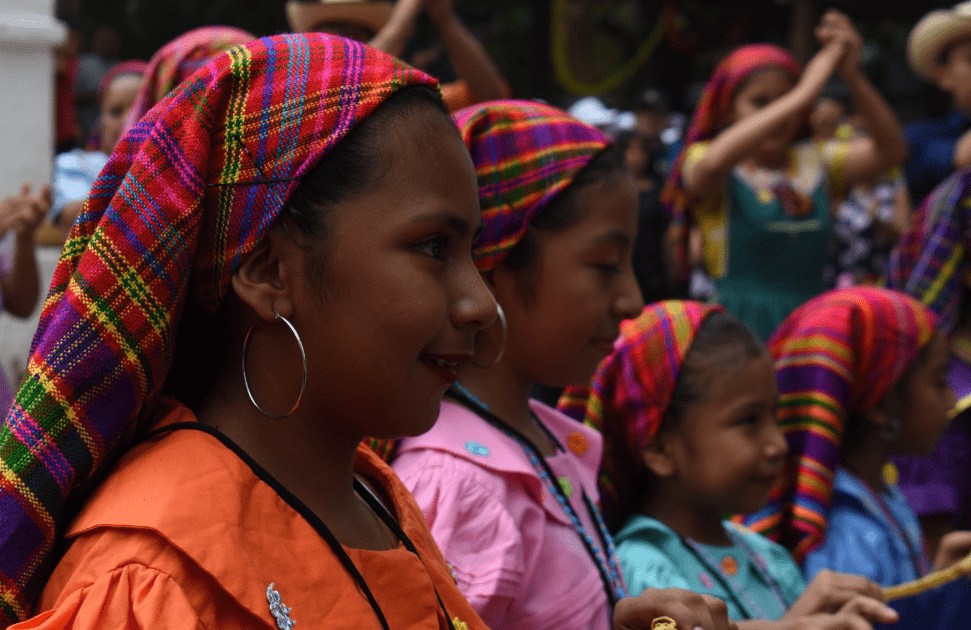Latin America has different treasures to be proud of, but one of the most emphasized is the historical sociocultural diversity of indigenous peoples. The last update from UNESCO in September of the previous year, defined that more than 800 indigenous peoples live throughout Latin America and the Caribbean; The above accounts for 58 million people, representing 10% of the total population.
These indigenous peoples have traditions that are essential to maintain, however, today the great effort involves recovering and reflecting the cultural heritage of those peoples that disappeared due to complex social, political, economic processes and more. This heritage of the indigenous past and present represents a fundamental pillar for the identity of a country.
For example, in El Salvador, the municipality of Panchimalco preserves its indigenous roots through traditions that have transcended time. This has led to the historical wealth continuing to define the cultural heritage of the town, achieving a link between past and present. This is why, every year Panchimalco organizes a festival that aims to protect and safeguard tradition.

The Brotherhood of Flowers and Palms has recognition as an Intangible Cultural Asset of El Salvador, and it is a festivity that merges with the Day of the Cross and the celebrations of the Virgin of the Rosary and the Virgin of the Conception. That is, it combines both pre-Columbian customs and expressions of the Catholic religion.
This event fills with joy nationals and foreigners who witness the teamwork of a community that is dedicated to preparing traditional food and drinks, organizing dances, such as the dance of the historians, one of the cultural expressions of the indigenous community. Likewise, the decoration of the palms with flowers that accompany the procession cannot be missed.
But for these traditions to continue to be managed until they form the heritage of a people, it is essential that present and future generations understand the importance of cultural practices. The above can be achieved with recognition through socializing agents such as the family, school or the media, who must be responsible for disseminating and transmitting the legacy.

Undoubtedly, it is gratifying to know that in the countries of the region, there is still this collective effort to embrace roots and culture. And precisely that is the key word to protect the heritage: Collective. A society that works together is capable of preserving heritage, because to advance sustainable development towards the future, it is not necessary to leave behind the history that has formed us.
Information sources
Corsatur. (2022, February 14). Panchimalco | The Savior. El Salvador Travel. https://elsalvador.travel/destination/panchimalco/
Fernández, Y. (2024, April 16). Panchimalco will celebrate the XLII Cultural Fair of Flowers and Palms - Ministry of Culture. Culture Ministry. https://www.cultura.gob.sv/panchimalco-celebrara-la-xlii-feria-cultural-de-las-flores-y-las-palmas/
UNESCO. (2023, September 21). Indigenous peoples of Latin America and the Caribbean. https://www.unesco.org/es/node/83544



